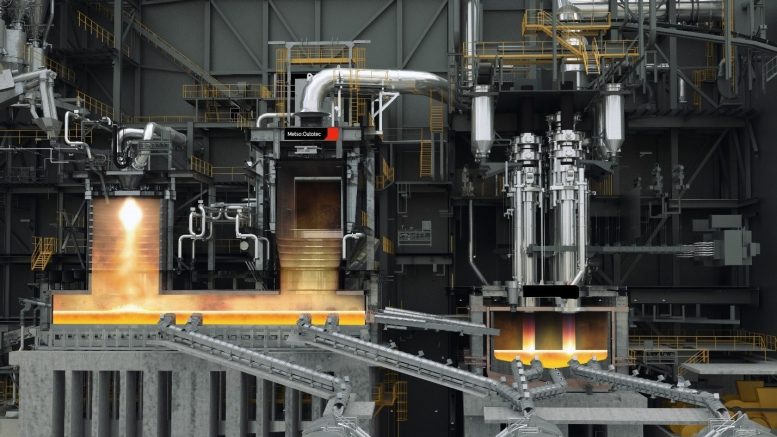A recent report suggests copper might have something in common with Eric Ravilious, whose paintings became increasingly associated with conflict. A strategic study by IHS Markit (now a part of S&P Global) suggests that scarcity of the red metal “may emerge as a key destabilising threat to international security.”
Ravilious died 80 years ago, on Sept. 2, 1942 (becoming the first British war artist to die in active service in World War II) when his aircraft was lost off Iceland. In a recently-released film, ‘Drawn to War’, director Margy Kinmonth brings to life this brilliant, and grossly undervalued, British artist.
Born in 1903, Ravilious became known before WWII for his modernist watercolours of English landscapes. He was accepted as a full-time salaried artist by the War Artists Advisory Committee in December 1939 (with the rank of Captain in the Royal Marines). After numerous painting assignments, Ravilious flew to Iceland at the end of August 1942.
On the day he arrived at the Royal Air Force base of Kaldadarnes, an aircraft had failed to return from a patrol. The next morning three aircraft were despatched to search for the missing plane, and Ravilious opted to join one of the crews. His aircraft also failed to return and, after four days of searching, the RAF declared Ravilious and the four-man crew lost in action. Neither the plane nor bodies were ever recovered.
Conflict between nations is also highlighted in a recent study on copper.
Numerous organizations are expressing alarm as to whether there will be enough minerals to meet the requirements for the goal of net-zero emissions by 2050. As The Northern Miner has reported, S&P Global’s study (entitled ‘Will the looming supply gap short-circuit the energy transition?’) responds to these concerns by focusing on copper. The report warns that annual demand for the metal will double to about 50 million tonnes by 2035, and continue to grow thereafter.
Among the key findings in the report are that the “chronic gap between worldwide copper supply and demand (projected to begin in the middle of this decade) will have serious consequences across the global economy, and will affect the timing of net-zero emissions.” These projected annual shortfalls are expected to place “unprecedented strain on supply chains,” and that these will be reminiscent of the 20th-century scramble for oil (but may be accentuated by the even higher geographic concentration of copper resources).
The report concludes that the challenge will be made harder by increasingly complex geopolitical and country-level operating environments. These include the strategic rivalry between the U.S.A. and China (especially as the latter will remain the dominant global supplier of refined copper) and by the vulnerability of supply chains (as highlighted by Russia’s invasion of Ukraine).
S&P Global warns “while structurally higher prices incentivize international investment in new capacity, governments in sourcing countries are likely to seek to capture domestically a rising share of revenues.” The report concludes “Unless new copper supply comes online in a timely way, with clear political support and strategic commitment, net-zero emissions by 2050 will likely remain out of reach.”
Compounding the concern is an equity-research note, published on Aug. 22, from Jefferies Financial Group Inc. which opens with the sobering message “Austerity in mining will lead to shortages of commodities.”
Although Jefferies argues that the mining industry is benefiting from austerity (balance sheets are clean, and cash flow and capital returns have been at record highs), the New York-based financial services firm warns “a change in the structure of how mined commodities are sold may be needed to solve the supply shortfall.”
Jefferies suggests that commodity consumers could underwrite mining projects by offering long-term contracts fixed at premium prices. Without this new market structure, Jefferies says “we are at risk of entering a world in which shortages of raw materials leads to much higher manufacturing costs and slower economic growth.”
This is quite apart from those failed net-zero emission targets. What is required from our political and corporate leaders brings to mind a glorious watercolour painted by Ravilious in 1940 while he was stationed at the Royal Naval barracks at Chatham Dockyard, ‘Bomb Defusing Equipment’.
Dr. Chris Hinde is a mining engineer and the director of Pick and Pen Ltd., a U.K.-based consulting firm. He previously worked for S&P Global Market Intelligence’s Metals and Mining division.


Be the first to comment on "The View from England: Copper and an artist drawn to war"